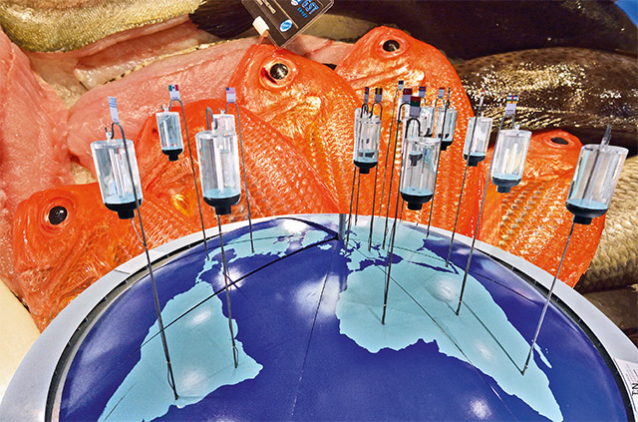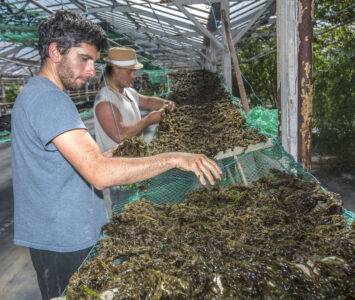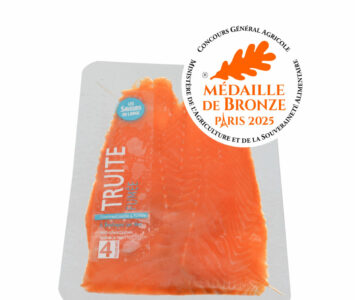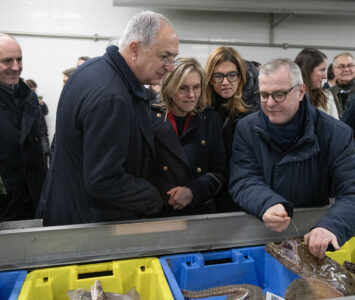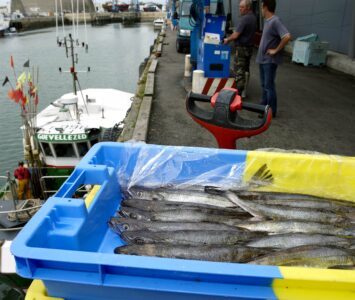Traditionnellement, les producteurs français sont peu présents hors des frontières de l'Europe. Pourtant il existe des opportunités pour ceux qui ont un produit pouvant se positionner sur un segment haut de gamme. La concurrence est moins vive que dans les pays de l’union européenne, les marges sont potentiellement plus importantes et la taille des marché attractive.
Les huîtres, les ormeaux, les crustacés mais également la petite pêche côtière comme la sole, le turbot ou le bar de ligne s'exportent bien. La fraîcheur est la clé pour les produits frais. Pour les produits transformés, il faut mise sur les labels, notamment le Rouge.
Viser les zones en forte croissance, où les expatriés sont en nombre, comme Dubaï, Hong Kong, Singapour, Moscou importe. Et des opportunités existent pour qui sait regarder y compris à Taiwan, en Afrique ou en Amérique Latine…. Là où les classes moyennes se développent.
Attention cependant à bien calculer son prix de revient. Le grand export coûte cher, et ne se résume pas au transport. S'implanter exige plusieurs années d'effort. Il faudra notamment étoffer son équipe avec des personnes parlant plusieurs langues et se structurer pour répondre rapidement aux demandes.
En savoir plus :
Bruxelles, les clés du grand export
The great export : an adventure you need to get ready for
By tradition it seems that French exporters seldom work outside the borders of Europe. But there are many opportunities, for those who can get a foothold in the market for products of higher quality. Competition is softer than in European markets, profit margins are potentially much higher and the potential size of the market adds to its attraction.
Products such as oysters, abalone and all shellfish are good products for exporters, but so are many of the smaller fish from our small inshore fisheries, such as sole, turbot and line-caught bass. Freshness is the key factor for all products and for those which are processed, then reliance must be placed on labelling, especially the Red Label.
Exporters should aim for growing markets with large numbers of expatriates, such as Dubai, Hong-Kong, Singapore and Moscow. There are opportunities, too, for those who will search them out, in markets such as Taiwan, in Africa and in Latin America… all places with a developing middle class.
Pay attention, however, to final cost price. Large scale exporting can be expensive and it is not just the transport costs. To implant oneself in a market takes many years of hard work. Above all, selected staff must speak the language – even several languages – and be well enough trained to respond speedily to local demands.
Read more :
Bruxelles, les clés du grand export (partially translated in english)
